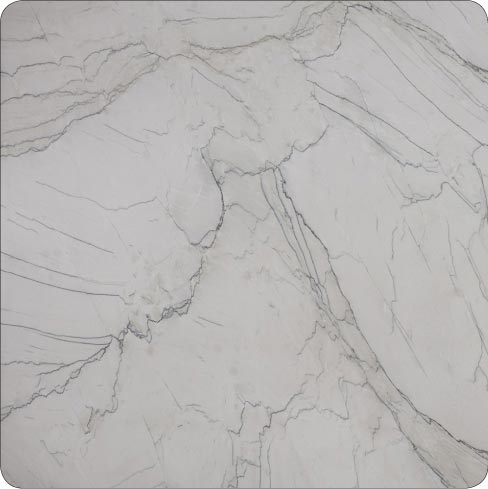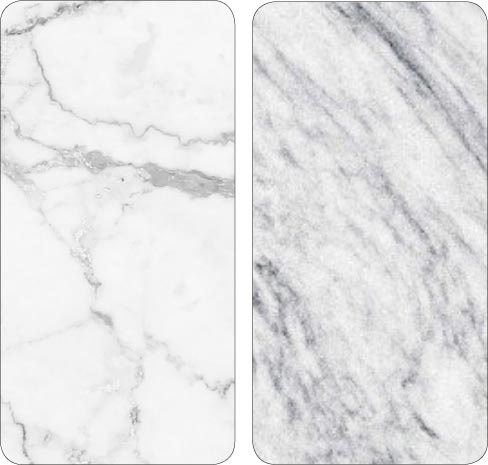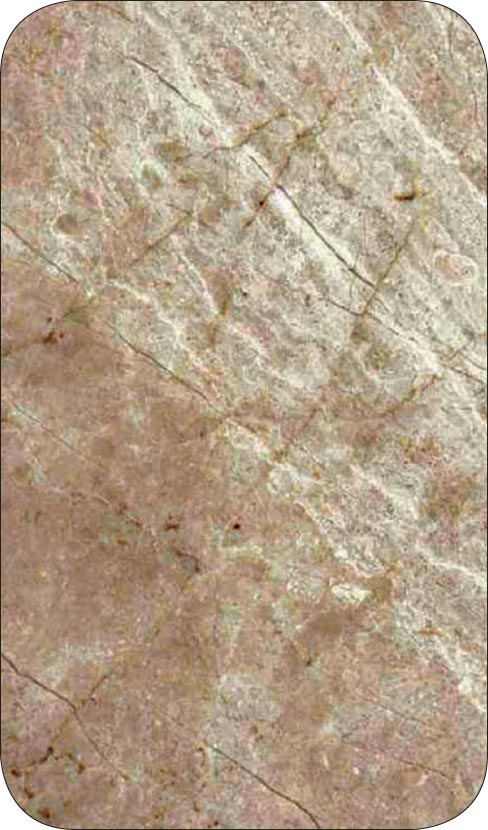Stone Restoration and Maintenance Corner: Is it Quartzite or What?
Bob Murrell
M3 Technologies
Photos by Bob Murrell
First, Happy New Year! I hope everyone had a safe and wonderful holiday season and 2017. For all you sports fans, it is time to look forward to Super Bowl LII (52) and then on to March Madness. Spring can’t get here fast enough for me and my honey bees!
 |
|
There are authentic quartzite stones on the market, but be aware that many “quartzites” are offered that are actually anything from marbles to sandstone. |
 |
|
Above, Left: White marble; Above, Right Quartzite sample. Some white marbles have been misclassified as a quartzite. Be aware that with some non-quartzite stones, the only sure way to know is to test for confirmation. |
 |
|
Above: Dolomitic marble is a beautiful variety of natural stone, but it isn’t quartzite. It will etch, and needs sealing and care appropriate for marble. |
One of the reoccurring technical questions I had in 2017 was regarding quartzite countertops and vanities. Is it quartz or quartzite? Does it etch? Does it scratch? Is it a good choice for kitchen countertops and vanities?
Well, first let’s determine exactly what type of stone quartzite is. So of course we’ll go to the “book of knowledge,” otherwise known as the Marble Institute of America’s Dimensional Stone Design Manual handbook. Next we’ll study a little geology.
There are several quartz-based natural stones used as dimensional stone such as crystalline quartz, sandstone, quartzite, metaquartzite, and quartz pebble conglomerates. This group is composed of sedimentary and metamorphic materials.
Of course the “quartz” engineered stones like Cambria and Zodiac are comprised of quartz and some sort of a resin. We will not be concerned with these in this article.
Chert, agate and flint are also contained in the group of quartz-based stone. These are all hydrous silica-based stones used primarily for decorative applications. Chert and Agate are semiprecious stones mostly sold and used in the gemstone industry, but are sometimes used as a rare and certainly expensive dimensional stone as well. Because it is softer than crystalline quartz stones, agate was also used to carve mortars and pestles for use in 19th century pharmacies.
As an interesting side note; quartz is piezoelectric, meaning that when squeezed, it generates an electrical current. The amount of current generated is proportional to the pressure applied.
Sandstone is a non-metamorphic sedimentary stone. When it becomes tightly cemented by quartz crystals, it becomes classified as quartzite.
Quartzite, is basically unmetamorphosed. It is silica cemented and used in the building stone industry. It has a Mohs hardness of 7 and is not a soluble stone, making it an excellent building material.
Metaquartzite is the most desirable form of quartzite for countertops and vanities, in my opinion. It is the metamorphic version of quartzite. It has the mica-infused veining popular with designers, and desirable in today’s fashionable tops. However, other than that, there is very little difference between quartzite and metaquartzite.
As far as restoration and maintenance contractors are concerned, we really don’t care whether we are looking at quartzite, metaquartzite, sandstone, or other similar quartz-based stones, except with regards to porosity and whether the stone should be impregnated or sealed.
We do care, however, if we are told the stone is quartzite when in fact it is marble, metamorphic limestone, or dolomitic limestone / marble. One thing for certain is true, if a client calls with etching to their quartzite, you should be skeptical, at best, because guess what? Quartz does not etch, especially with typical household acidic materials. So if they have a white countertop they are calling quartzite and it is etched, it is more than likely either dolomitic limestone or marble, or simply a white-colored marble. It may have been sold as a quartzite to make it seem like more of a “designer stone” type material, but it is not.
Therefore, we can do the two simple tests for determining if a stone is quartzite or calcium-based. First the acid test is conducted. If you put a drop of a strong acid, say hydrochloric or phosphoric on an inconspicuous area and it effervesces (fizzes), it is not quartzite. The second test is an easy and effective hardness test. Simply take your pocket knife, yes every professional contractor should have a good pocket knife, and simply drag the point across an inconspicuous area to see if the stone scratches easily. No down pressure is required. If in fact the material scratches easily, it is not quartzite.
So when I get calls from contractors saying they have etched quartzite, they in fact do not have quartzite, but simply some form of marble, limestone, or dolomitic marble. Hey, I realize that they have to be the bearer of bad news to the client, but that is why you guys make the big bucks, right?
Now that we have determined that any “quartzite” that has been etched is simply a calcium-based stone that was sold as quartzite, you can proceed with the restoration as normal. Diamonds followed by your choice of 5X, Marble Polishing Compound, or XXX Polishing Powder should do the trick, in most cases. You may have to adjust your procedure some, say like adding a crystallizer, or taking the stone to a higher grit level diamond before polishing. But hey, these optional steps are always a possible option that may be necessary to achieve the desired results.
After you have restored the stone to its original beauty and have also informed the client of the more correct type of stone they are the owners of, it is time to implement the new maintenance system and the “dos and don’ts.” For added protection, do impregnate the surface with a low odor solvent-based impregnating sealer. Do clean the surface routinely with the No-Rinse pH Neutral Cleaner. Don’t use an ammonia-based window cleaner. Do use an acrylic cutting board – don’t cut on the countertop. Do wipe up spills as quickly as possible. Don’t squeeze lemon juice all over the countertop and let it dry.
If in fact they do have a quartzite countertop, I would still advise the application of the Low Odor Impregnator to help with grease and oil resistance, maintenance with the pH Neutral Cleaner, and the use of an acrylic cutting board as these are just a matter of good practice on any countertop surface. That is my opinion and you are welcome to make it yours.
As always, I recommend submitting a test area to confirm the results and the procedure prior to starting a stone restoration or maintenance project. Also the best way to help ensure success is by partnering with a good distributor that knows the business. They can help with technical support, product purchase decisions, logistics, and other pertinent project information.
Bob Murrell has worked in the natural stone industry for over 40 years and is well known for his expertise in natural stone, tile and decorative concrete restoration and maintenance. He helped develop some of the main products and processes which revolutionized the industry, and is currently the Director of Operations for M3 Technologies.